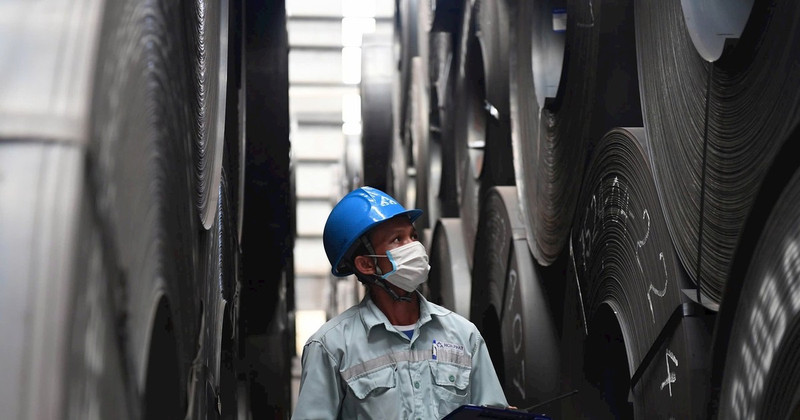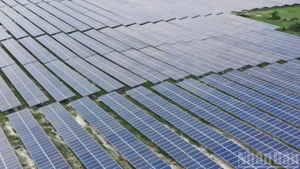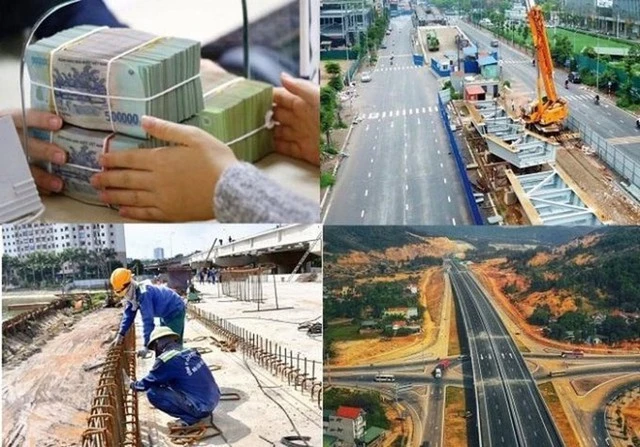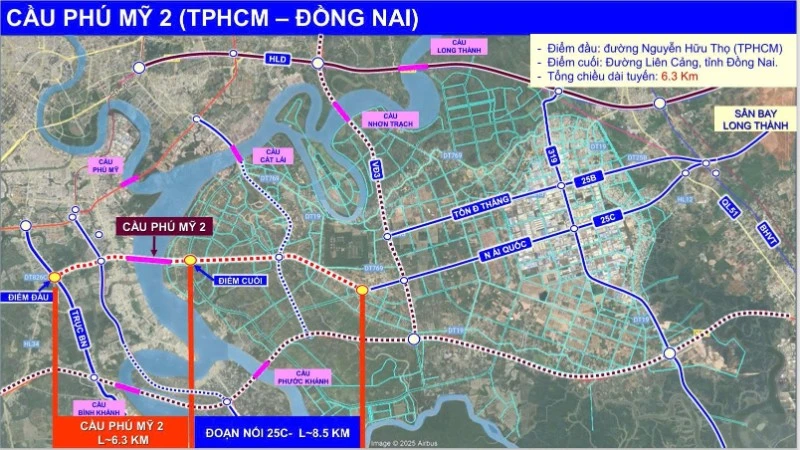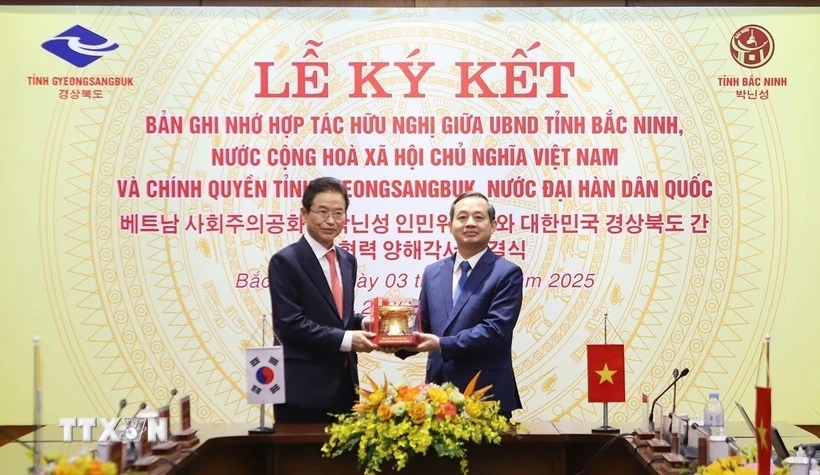Q: Vietnam's major import markets, such as the US, the European Union, and China, have been ceaselessly issuing warnings about changes in tariff policies to protect their domestic markets and industries. From an in-depth research perspective, what do you think about these actions?
A: Reviewing its list of imported goods from various countries may be conducted by the US to test the reactions of its trade partners. In reality, a trade war or a new wave of protectionism is only a possibility! Even in the worst-case scenario, where the US officially imposes tariffs on certain imported goods, the impact will likely be localised to specific markets.
If Vietnam selects an appropriate product structure, focusing on high-quality and high-value-added goods that genuinely meet the importing markets’ demand, the impact of tariffs will not be too significant. On the contrary, high tariffs on products from other countries may create opportunities for Vietnamese goods to gain a competitive edge.
However, in an increasingly uncertain world with tightening protectionist barriers, the risk of tariffs is inevitable—it is only a matter of whether they are high or low. Along with that, new regulatory requirements related to green transition, digital transformation, net-zero emissions, and the Carbon Border Adjustment Mechanism (CBAM) may also emerge. Therefore, it is crucial to develop response strategies, prepare scenarios for adaptation, and proactively adjust product structures.
In particular, Vietnam must maintain and strengthen its relationships with key importing partners, such as the European Union and China. Additionally, restructuring product categories and reorganising supply chains to align with tariff conditions is essential. From an optimistic perspective, if Vietnam is not subject to tariffs or is only partially affected while still deepening its market penetration, this could be an advantage that enhances the position of Vietnamese goods in the global market.
Q: Given Vietnam's goal of achieving high economic growth in 2025 and beyond, what recommendations do you have to enhance the value of exports?
A: Experience from previous years, especially over the past 15 years, has shown that Vietnam's exports have consistently experienced strong growth, often surpassing expectations. For instance, in 2024, Vietnam's total trade turnover reached 786.29 billion USD, marking a 15.4% increase. Of this, exports accounted for nearly 406 billion USD, reflecting a 14.3% rise.
The import-export strategy for goods until 2030, which has been approved, clearly outlines the vision and direction to maximise Vietnam’s economic openness, particularly in exports. In 2025, the Ministry of Industry and Trade has set a target of a 12% increase in export turnover compared to the previous year. Given Vietnam’s ability to attract external resources, I believe the country’s economic openness will continue to expand, especially as the government actively negotiates additional bilateral and multilateral free trade agreements (FTAs). In this context, Vietnam has numerous opportunities to further boost exports while maintaining a well-balanced import structure.
However, Vietnam must sustain and deepen its presence in existing markets. For instance, China, despite being a neighboring country, still receives a relatively modest share of Vietnam’s exports compared to its imports. Similarly, ASEAN remains a highly competitive market, where Vietnam faces strong rivals offering similar products. Moreover, Vietnamese exports hold only a small market share in regions such as the Middle East, Africa, and the European Union, indicating significant untapped potential for further export growth.
Q: What adjustments does Vietnam need to make in its fiscal and monetary policies, reform administrative procedures and improve the business environment to ensure the smooth flow of exports?
A:In the current global trade landscape, two major challenges are expected to impact Vietnamese exports, including higher tariffs in major markets like the US and the EU and stricter technical barriers imposed by importing countries. Both factors will increase business costs and put significant pressure on Vietnam’s export competitiveness.
First and foremost, the State needs to implement effective, timely, and flexible policies to respond to the situation. While support is not always necessary, if businesses are directly affected, assistance must be provided at the right time. Measures may include short-term exemptions, reductions, or deferrals of import-export taxes; credit support; adjustments to preferential interest rates for export enterprises; or even establishing a risk support fund for exporters significantly impacted by foreign protectionist policies. However, these measures are only short-term solutions.
In the long run, the most important goal is to help businesses proactively adapt to new standards, from greening production and reducing carbon emissions to digital transformation and supply chain optimisation. The State should facilitate easier access to information, customs services, and tax policies while providing training support on international technical standards.
On the other hand, businesses must prepare internally instead of relying solely on support policies. Improving labour productivity, reducing dependence on imported raw materials, and, most importantly, establishing a risk contingency fund will help businesses better withstand unforeseen fluctuations. This will enable them to turn risks into opportunities for deeper penetration into international markets.
Q: In your opinion, should we update and include certain industries and sectors that are currently, and will become global economic trends in the national export strategy? Would this serve as a key condition for accelerating exports and even positioning Vietnam at a high ranking in certain industries and sectors?
A:Absolutely! In a rapidly changing global economy, failing to keep up with trends means putting ourselves in a passive position and risking falling behind.
In addition, it is essential to fully leverage e-commerce to expand market reach. Online sales channels have become crucial tools in international trade, yet Vietnamese businesses have not fully tapped into this potential. The State should implement policies to support enterprises in brand building and bringing their products onto global e-commerce platforms.
To maintain export growth momentum and even take the lead in certain sectors, the Government must adopt a flexible strategy, closely following global trends to support businesses. Meanwhile, enterprises must be ready to adapt and proactively invest in high-growth potential industries.
In my opinion, thanks to thorough preparation, flexibility, and a proactive approach to market trends, Vietnam can fully achieve its expected export growth in 2025, despite fluctuations in the international market.
Thank you very much!
 |
| Associate Professor Dr Nguyen Thuong Lang (Photo: thuonghieucongluan.com.vn) |
"According to common practice, for GDP to grow by 1%, export growth needs to increase approximately 2.5 times. To achieve a high growth target, the total import-export turnover must reach between 960 and 1,000 billion USD by the end of 2025."
Associate Professor Dr Nguyen Thuong Lang
